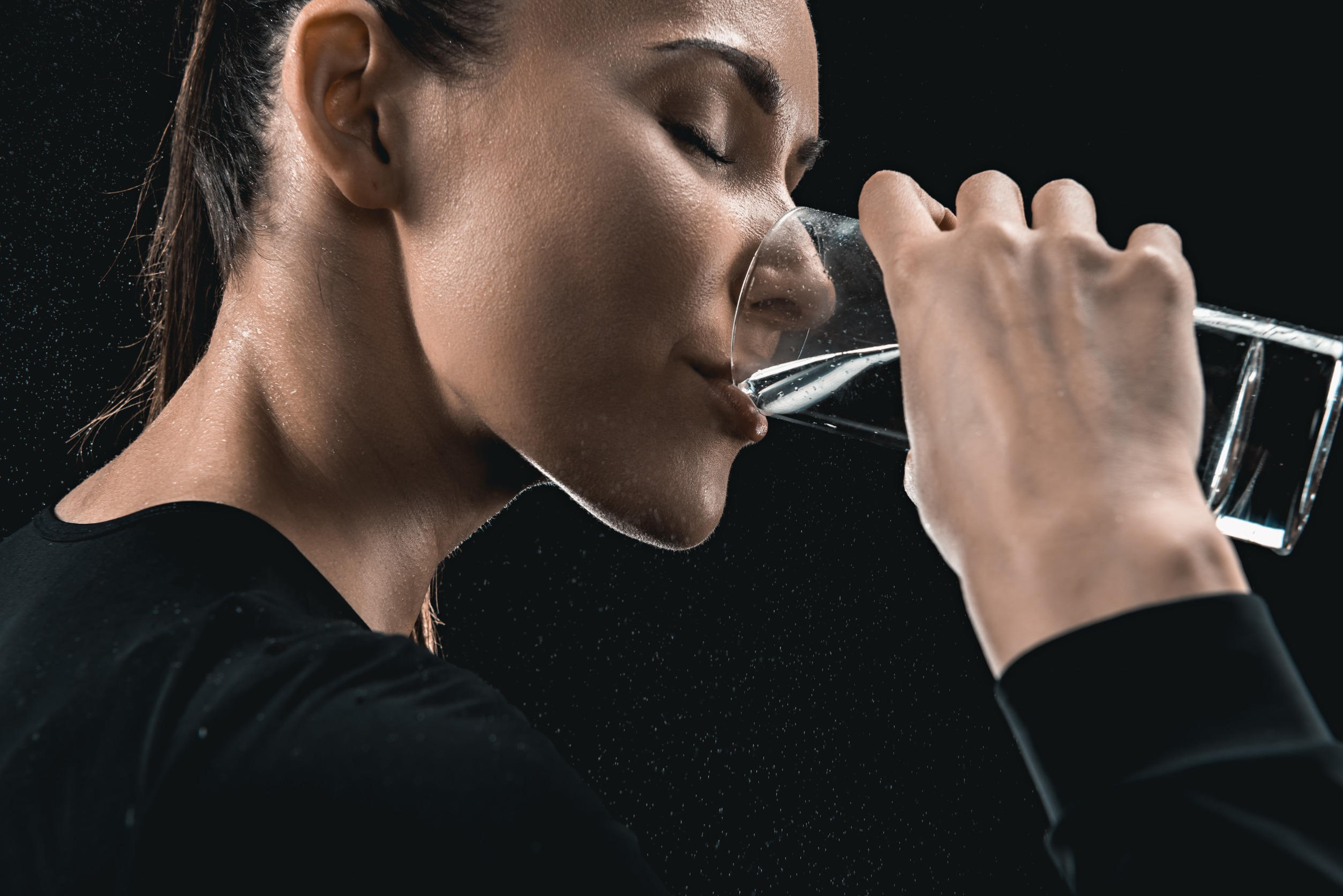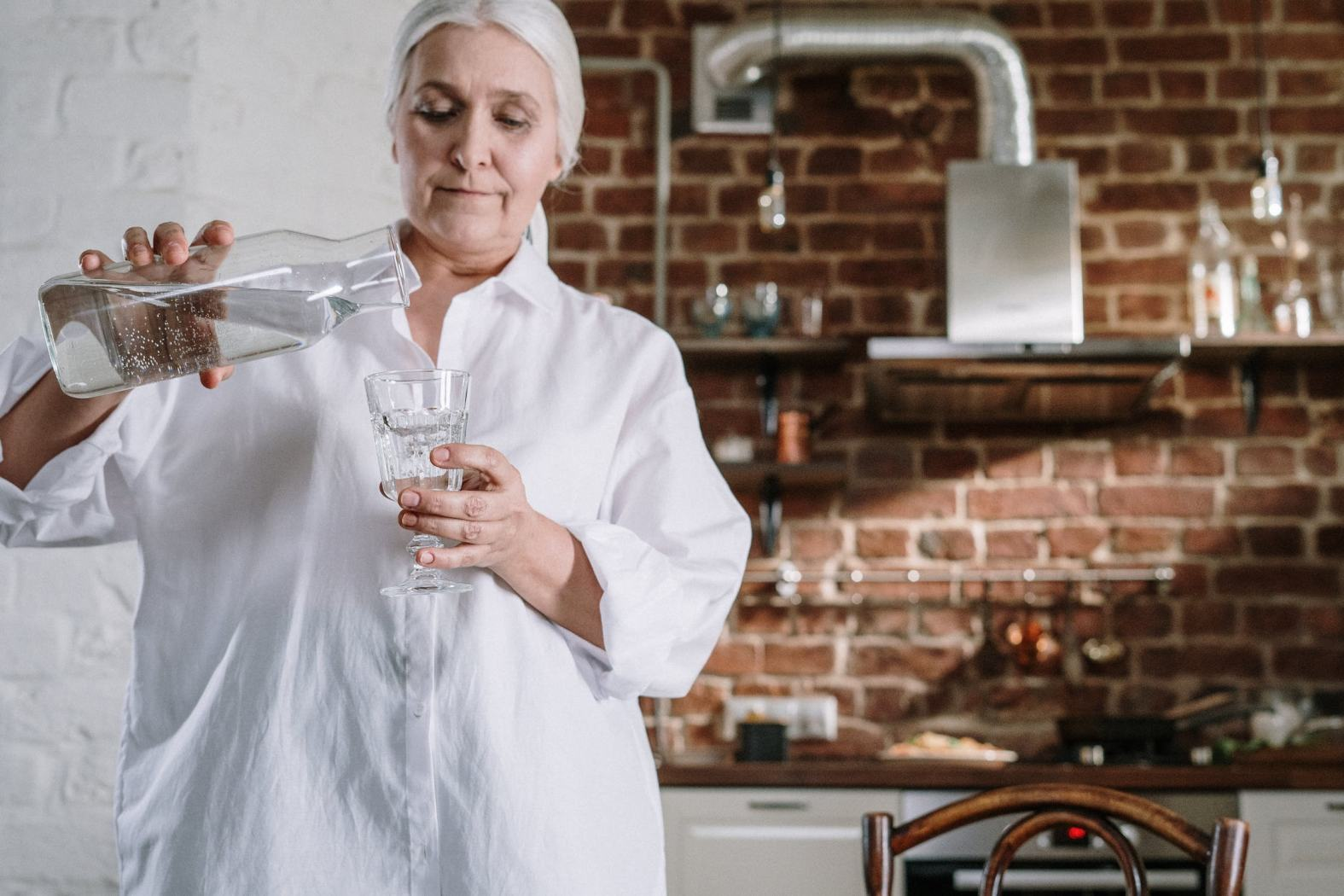Taking A Step Back: The History of Drinking Water

Did people always have clean and safe drinking water to consume? The answer is no because the truth is clean water has not always been available to the masses. It is just our collective approach to water that put us where we are today. By and large, the individuals (or our ancestors, simply put) who preceded us experienced sickness, diseases, and other water-related circumstances that were pretty drastic. It was shortly after the link was made between those illnesses and the quality of our populace's water supply that genuine endeavors were devoted to giving clean drinking water to significant populations. Since then, it was acknowledged that an external water source was required for drinking.
The Romans created water passages or aqueducts exclusively devoted to this reason as early as 312 B.C. Afterward, London developed the New River of clean water city in the seventeenth century. Be that as it may, as populaces developed, this would end up being not exactly sufficient nor enough to cater to everyone's needs. Moreover, before present-day sewage and water treatment plants were even set up, people, to a great extent, resolved the quality of water in view of taste. Sadly, we presently realize this is certainly not a precise test to decide the suitability of drinking water. A few unsafe and harmful agents are bland, scentless, and dry. Obviously, people before long understood the requirement for a more exact method for testing their drinking water.
Despite the fact that there are notices of boiling water and filtering through gravel and sand tracing all the way back to ancient times, it wasn't until the mid-nineteenth century that we would see a town being provided with water go through a filter. Paisley, Scotland, turned into the principal city to utilize a filter to supply a whole region with water. A couple of English urban communities stuck to this same pattern before long, with European urban areas embracing some filtration too. Although, with tough luck, an early endeavor in the U.S. by Richmond, Virginia, to introduce a channel failed in 1832.

With the spread of infection and the staggering of city cesspools, it ended up being clear to individuals that some sort of purification was important. Sickness became broad, yet many actually didn't trust the link between dirty drinking water and the presence of disease. At last, in 1890, William Thompson Sedgwick utilized bacteriology to demonstrate an association between contaminated water and cholera. Although, in the last part of the 1800s, numerous urban communities in the U.S. started to embrace water filtration processes for city drinking water. The early frameworks included straining water through sand and gravel to eliminate sediment. By the start of the 1900s, urban areas started to understand that slow sand filters could eliminate a few bacteria, especially the typhoid microbe.
Moreover, it was perceived that the treatment of water might likewise be essential. In the mid-1900s, numerous urban areas utilized chlorination to treat water. This included adding chlorine to the water, yet this was perceived to be a rather unsafe and risky method. Because of thousands of instances of typhoid fever and the runs, the requirement for water treatment was as yet a pressing matter. The first federal regulations in the United States were sanctioned in 1914. Afterward, during the 1960s, the acknowledgment that modern cycles were sullying the perfect water supply prompted more extreme limitations. Thus, the 1972 amendments that are, to a great extent, liable for our ongoing regulation were carried out.
The vast majority of what currently administers our drinking water is gone ahead in the Clean Water Act (CWA), which was changed as such in 1972. As per the EPA, the significant changes made in the CWA include the following stipulations:
-
Regulations for pollutant discharges into U.S. waters
-
Assignment of pollution control programs to the EPA
-
Maintaining existing regulations for contaminants in surface water
-
The obtaining of a permit for discharging pollutants into navigable waters
-
Funding for sewage treatment plants
-
Recognized the necessity for problems related to pollution
Albeit the fact that these strategies have advanced fundamentally after some time, we are adequately fortunate to have the commitment to protected, clean drinking water. To date, we have access to a clean water supply, all thanks to the mechanisms developed by recent innovators.
In this article, we will talk about the origin of clean drinking water, as well as the different water purification methods that we have come to incorporate into our daily lives today.
The Origin of Clean Drinking Water

People nowadays tend to take for granted the broad accessibility of clean drinking water. However, in reality, people have gone to broad lengths since time immemorial to create clean drinking water, and such endeavors even date back to before they found how to make fire by scouring two sticks together. In ancient times, individuals decided the purity of water by taste, and this strategy was viewed as erroneous later on. In any case, their persistent endeavors in getting clean and safe drinking water have prompted the improvement of numerous advancements that make water treatment more effective today.
To start off, in an American Water Works Association book called The Quest for Pure Water: The History of Water Purification from the Earliest Records to the Twentieth Century, authors M.N. Baker and Michael Taras hypothesize that the pursuit for pure drinking water started in ancient times. By and large, the earliest documentation of water treatment was tracked down in Sanskrit writings and inscriptions in ancient Egyptian tombs or burial chambers. Various water therapy strategies are referenced in the Sanskrit clinical works known as the Sushruta Samhita, which traces all the way back to around the fifteenth century B.C., and these techniques incorporate the boiling of water over the fire, heating of water under the sun, plunging of heated iron into water, filtration through gravel and sand, as well as the utilization of the Strychnos potatorum seed and a stone called "Gomedaka." On the walls of the burial chambers of Egyptian rulers Amenophis II and Rameses II, which date back to the fifteenth and thirteenth century B.C. separately, there are photos of water explaining the device.
1.1 Purification of Water
The purification of water can be traced back as early as the 12th century, as referenced in the Book of scriptures or the Bible. Accordingly, Moses and the Israelites observed that the water in Marah was bitter. As such, God instructed them to cast a tree into the water, and evidently, the water's taste became sweet and good. Meanwhile, people in Jericho complained to Elisha that the water in the city was "naught," and the prophet cleansed the water by projecting salt into it.
1.2 Drinking Cup
In the 9th century B.C., a Spartan lawgiver developed a drinking cup that could make mud stick to its side. Later on, the father of medication, Hippocrates, invented a device called the "Hippocrates Sleeve," which is essentially a fabric sack that was utilized to strain boiled rainwater, disposing of hoarseness and bad odor in the process. With this, we can say that both the Greeks and Romans had exceptionally elaborate water-filtering systems. Their water treatment experts utilized various strategies to create clean drinking water, and these incorporated the strategy for putting macerated laurels (or other shrubs) in water by Diophanes and the drenching of a sack of pounded grain and bruised coral by Paramus. Thus, comes the eighth century A.D., an Arabian chemist called Gerber proposed the utilization of wick siphons as a method for purifying water.
1.3 Desalination
In the year 1671, Sir Francis Bacon uncovered his thoughts regarding desalination in his writings in A Natural History of Ten Centuries. This is in virtue of a sanitation history telling where the experimenter he had come across had succeeded in purifying seawater by passing it downward through 20 vessels. Furthermore, this experimenter assumed that if he dug a hole close to the seashore, he would get pure water after the seawater had passed through the sand. Likewise, an Italian physician by the name of Lucas Antonius Portius gave subtleties of numerous sand filtration strategies in his compositions entitled Soldier's, Vade Mecum. Through this, three pairs of sand filters (each of which had an upward-flow filter and a downward-flow filter) where will water would enter after it had been strained through a perforated plate.
1.4 Filtration as the "Preferred" Water Purification Method
Between the 17th and 18th centuries, filtration became the preferred water purification method for many communities, and that's only the tip of the iceberg because more town officials were thinking about the possibility of providing clean drinking to all their residents. In fact, in 1703, French researcher La Hire proposed to the French Academy of Sciences that each family in Paris ought to have a rainwater cistern and a sand filter. His framework incorporated a covered and elevated cistern, which could forestall the development of moss and freezing.
1.5 First Purifying Plant
A century later, thanks to the initial undertakings of La Hire, the town of Paisley in Scotland presented the first municipal water purifying plant in the world. This plant utilized gravel filters and concentric sand to treat water, and the water was disseminated with the utilization of a horse and truck in 1804. In 1827, however, Robert Thom invented slow sand filters, which were installed in Greenock and Scotland. Two years later, James Simpson thought of a comparative framework that turned out to be generally utilized all over the world.
In any case, slow sand filtration spent a great deal of land, and it couldn't stay keep up with the fast populace developments. During the 1880s, the rapid sand filtration strategy was presented in the United States. In this system, Thom's system fundamental elements were incorporated, such as the reverse flow wash and the false bottom. However, they used mechanical agitators for loosening debris and water jets or backwashes for cleaning filter media. As such, rapid sand filtration included pretreatments, for example, coagulation and settling to lessen sediment load on the filter, and charcoal filtration for further developing taste and scent.
More importantly, it was also during the 19th century when it became apparent that water quality truly affects health. Around mid-century, town authorities in London saw that cholera deaths had diminished after water treatment systems were introduced. Drawing from this, London passed the Metropolitan Water Act of 1852 to ensure that all water supplied to the city would be filtrated. At last, they understood and acknowledged the significance of giving clean drinking water to the people. After the Industrial Revolution in the 19th century, water around the world became increasingly contaminated, but at the same time, new and more refined water treatment systems were being created to guarantee that everyone would have safe and clean water to drink.
Present-Day's Water Purification Methods

All credit to the historical undertakings of drinking water treatments, we now have all these present-day methods to use:
Boiling
Boiling water is perhaps the cheapest yet also one of the safest methods of water purification. As such, there may be water sources and/or channels of distribution that may contaminate or pollute your water. Parasites, germs, and other harmful microorganisms may reside in your water supply, and you wouldn't even notice since they are not visible to the naked eye. Still all, the effects of water contamination can be life-threatening matter.
In this method, clean water ought to be brought to a boil and left on at a rolling boil for one (1) to three (3) minutes. For individuals living in high-elevation regions, it is prescribed to heat up or boil your water for longer than water boiled at lower altitudes. This is on the grounds that water boiled at lower temperatures in higher elevations. Moreover, boiled water ought to be covered and left for a few minutes to cool prior to drinking. For water drawn from wells, pass on it for compounds to settle before you filter through clean water for use.
Filtration
Filtration is one of the powerful approaches to purifying water, and while utilizing the right media filters, it's compelling in freeing water of compounds. This strategy utilizes chemicals and physical cycles to filter water and make it safe for human consumption. Through filtration, both enormous compounds and little, perilous toxins (which can cause diseases) will be eliminated with just a simple and fast filtration process. Evidently, filtration doesn't drain every one of the mineral salts, so the water that has been filtered is the "healthier" water, contrasted with water decontaminated using different techniques. Ultimately, it is one of the effective water purification methods that utilize a chemical absorption process that effectively removes unwanted compounds from water.
In comparison with reverse osmosis, filtration is viewed as powerful with regard to the selective elimination of a lot more modest sub-atomic mixtures like chlorine and pesticides. Apart from that, the other variable that makes filtration less expensive is that it doesn't require much energy in distillation and reverse osmosis. In retrospect, it is a much more economical method of water purification because little water is lost during the process.
Distillation
Distillation is a water purification method that uses heat to gather pure water in the form of vapor. This technique is powerful, as evidenced by scientific data that water has a lower boiling point than different impurities and illness-causing components tracked down in the water. To do this, water is exposed to a heat source until it achieves its boiling point. It is then left at the boiling point until it vaporizes. After which, the vapor is guided into a condenser to cool and, right after, turned around into liquid water that is perfect and safe for drinking.
This method is proven to be effective in removing bacteria, microbes, salts, and other heavy metals like lead and mercury.
Chlorination
Chlorine is a powerful chemical that has been in need for a long time to treat water for home consumption. As we all know, chlorine is a powerful water purification technique that kills germs, parasites, and other disease-causing organisms beings found in the ground or tap water. As such, water can be purified utilizing chlorine tablets or fluid chlorine. As an off-the-rack water cleansing item, chlorine is relatively cheap yet effective.
← Older Post Newer Post →
